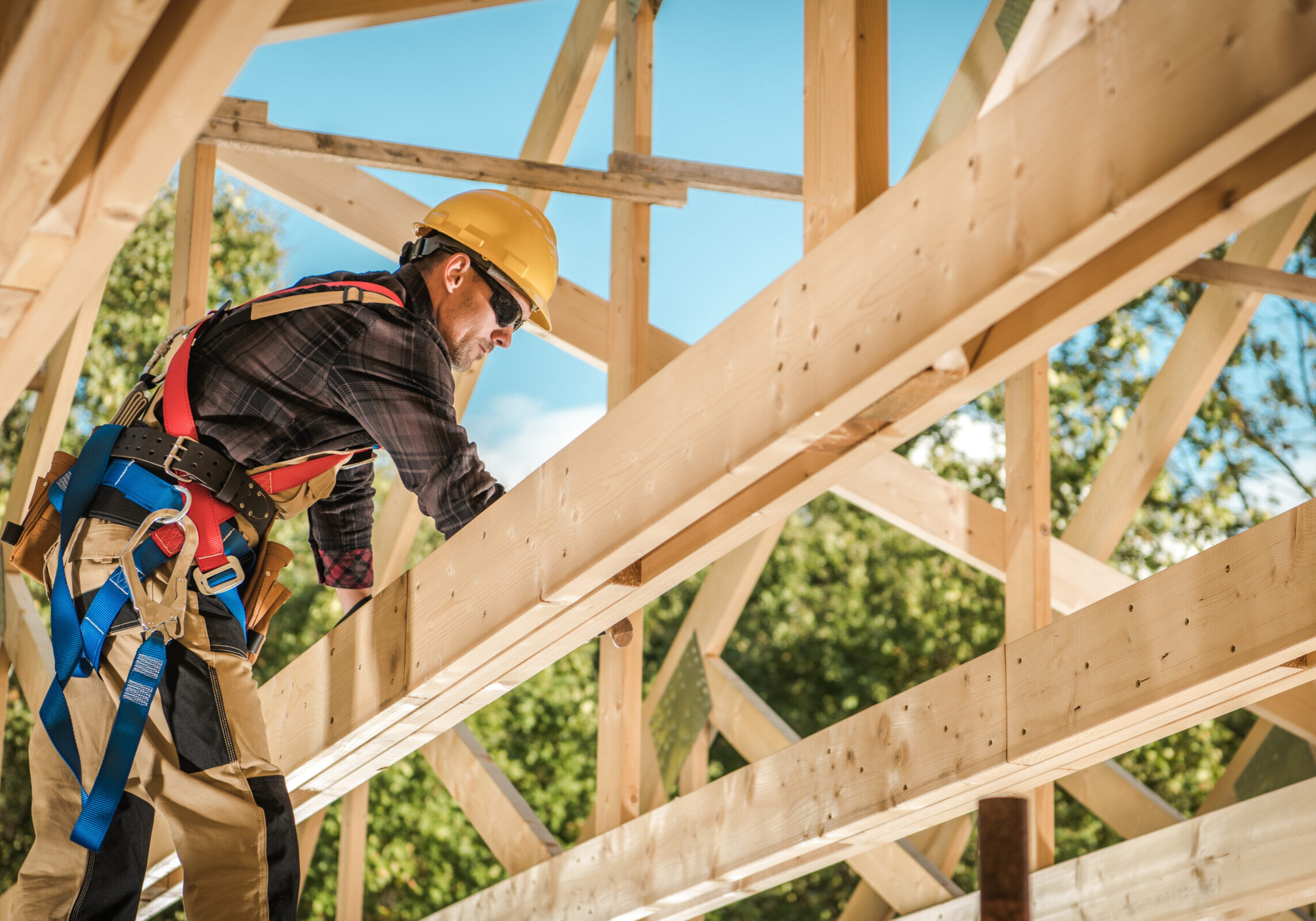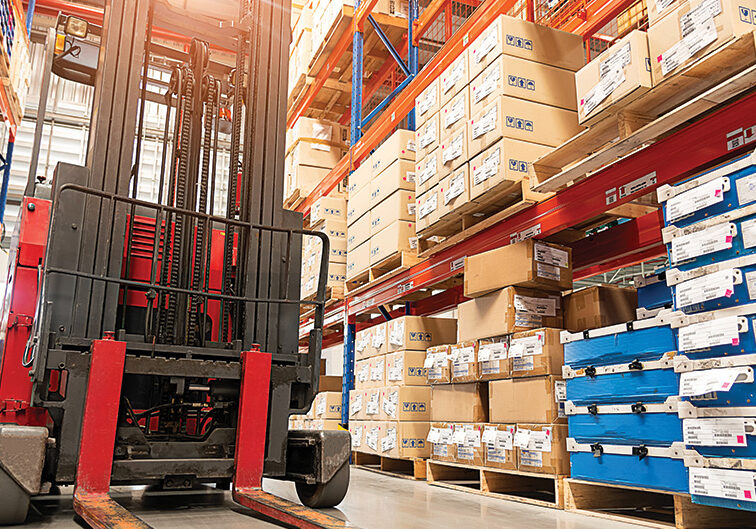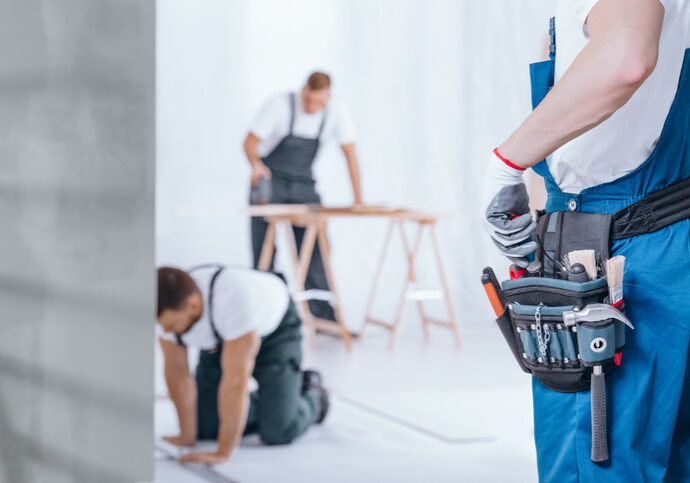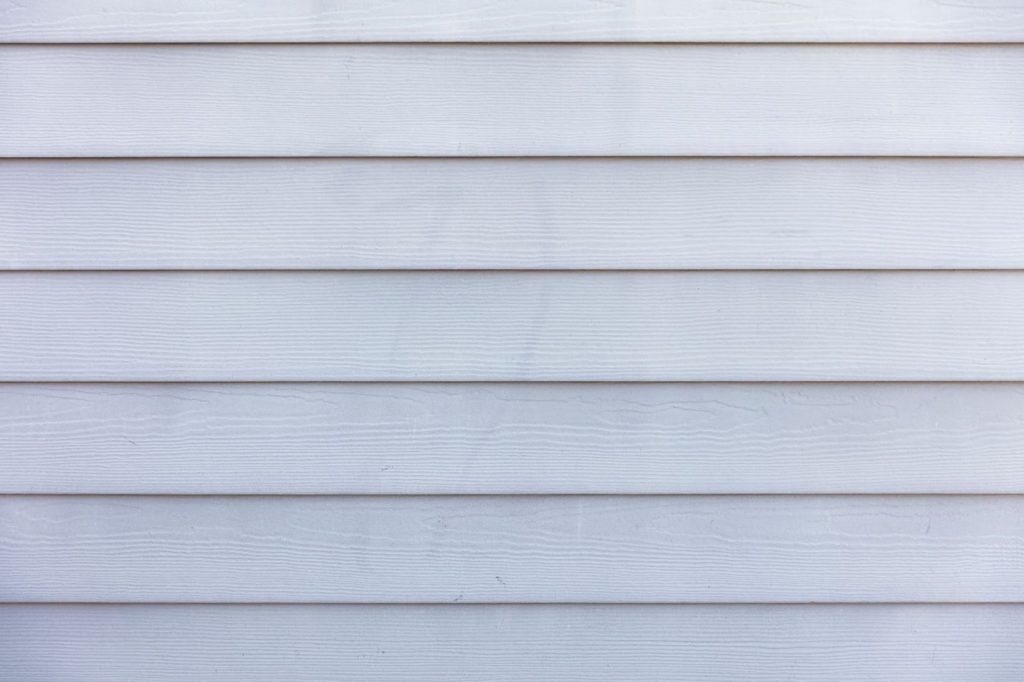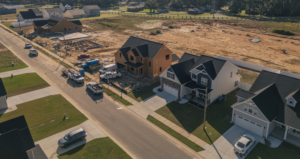5 Innovative Materials and Techniques for New Construction
July 27, 2021
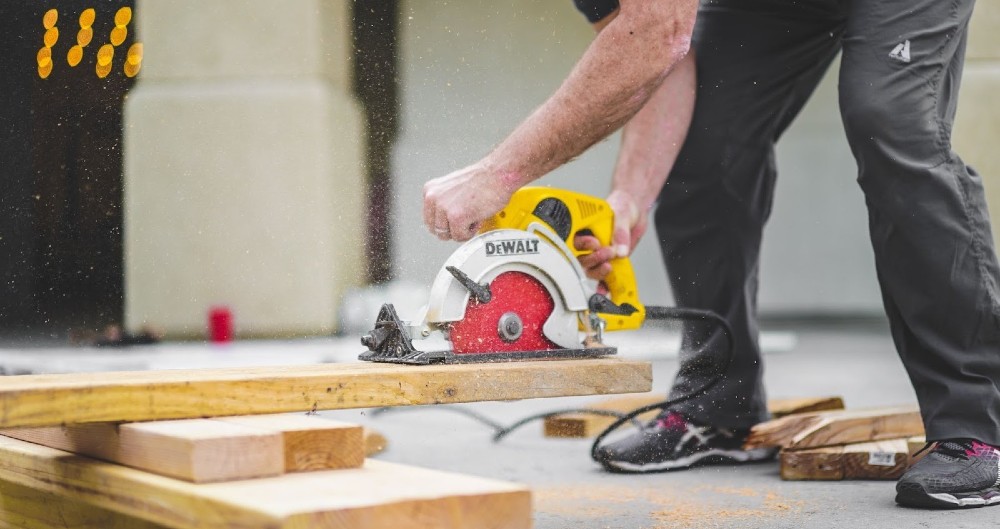
Guest post by Max Shafer
Architects, designers, and construction professionals must satisfy a number of demands in 2021. Not only must buildings be attractive, safe, comfortable, and functional, but, at the top of the list, they must be environmentally friendly. Fortunately, there are a number of innovative building materials and techniques that can help check off all of these boxes. If you are getting ready to break ground on a project, choose from any of the following five innovative materials and techniques for new construction.
Synthetic roofing
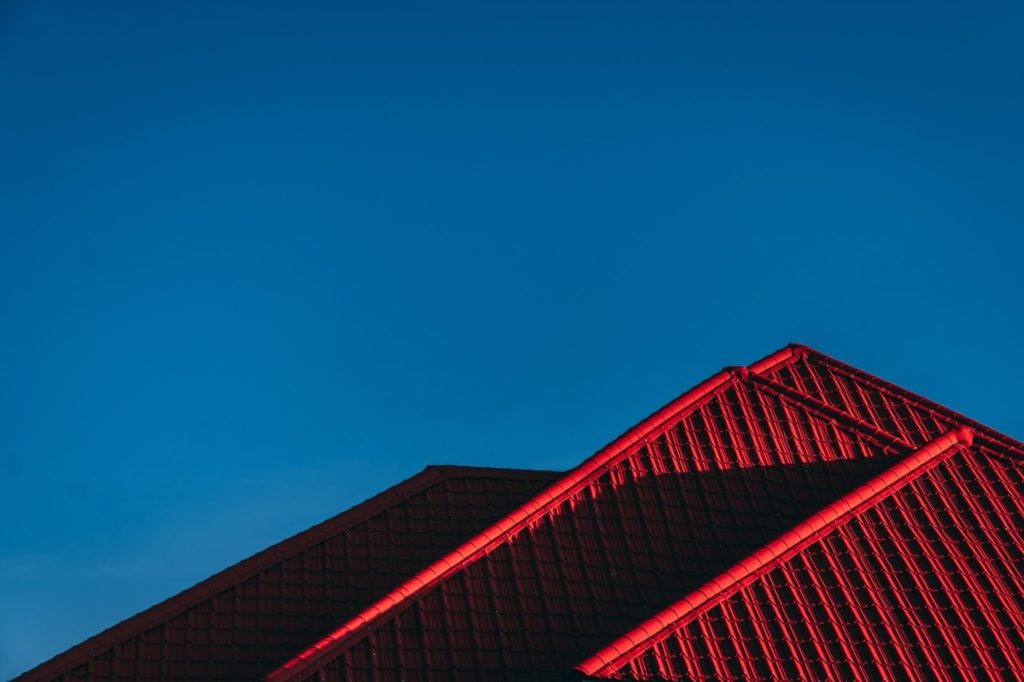
When it comes to creating a stately roof that will stand the test of time, there is arguably no better alternative than slate. Fabricated from metamorphosed sedimentary rock formed from clay and ash, slate roofs offer an environmentally friendly roofing solution that will provide unparalleled durability for at least 100 years.
However, with these benefits come a couple of significant drawbacks. The first is cost. The best slate quarries are at a premium, and mining this valuable material is an expensive process. Next is weight. This natural stone roofing product requires heavy machinery and experienced masons for proper installation. In some cases, a special roof substructure is required to support the massive weight of the roof. Additionally, any repairs that result from improperly installed slate tiles will be a chore to complete, costing a lot of money and requiring the craftsmanship of a professional in stone repair.
As a result, if you are looking for the durability benefits and the natural stone appearance of a slate roof, consider installing synthetic slate shingles instead. Modern slate polymers have the same thickness and natural stone appearance of traditional slate at a fraction of the weight. They do not require any special roof substructures and can be manufactured in a multitude of colors, capturing the aesthetics to suit any homeowner’s tastes while offering elite protection from fire and impact damage.
Self-healing concrete
Concrete is the most prevalent building material in the world. However, while concrete is a durable material that can withstand the wear and tear of heavy everyday use, it has been known to crack in the presence of freezing and thawing, requiring regular maintenance to remain in pristine condition.
As a solution to this problem, self-healing concrete is increasingly being used at construction sites. Leveraging bacteria that live within the concrete itself, any cracks or fissures that appear over time are automatically repaired. This offers a great solution for extending the already impressive shelf life of concrete structures.
The increased use of self-healing concrete is particularly exciting for those buildings that use ICF construction. ICF (insulated concrete forms) structures are increasingly replacing buildings that use a traditional oriented strand board approach to framing. By choosing ICF, builders can reduce the cost of construction in the face of skyrocketing lumber costs, add strength and moisture resistance to their buildings and improve the thermal mass of their structures to help regulate interior temperatures.
3D printed models
Technology is changing the way we live and work, with the construction site being no exception. Although 3D printing has been used for some time in construction to quickly create specialized materials without having to wait on special orders to be delivered from a factory, 3D printing is now being used to handle the majority of the design and modeling process for some projects.
Using 3D printing technology, construction professionals are able to upload extensive architectural designs to the 3D printing software, creating templates that are nearly 100% true to form. This allows construction professionals to automate the building process as much as possible, creating a faster, more precise process for building.
Metal siding
No matter how innovative building materials become, rustic materials, such as wood, brick and stone, will always hold a place in builders’ hearts. While these products are undoubtedly attractive when new, they require frequent attention to remain in adequate condition, with wood siding requiring paint or oil treatments at least every other year and brick and stone buildings requiring sealing to help prevent moisture from seeping in.
As an alternative, metal lap siding can be fabricated into a number of colors and designs that are nearly indistinguishable from these natural products. Providing elite resistance against adverse weather and unmatched fire resistance, metal siding will last at least 50 years with even the slightest care.
Acoustic insulation
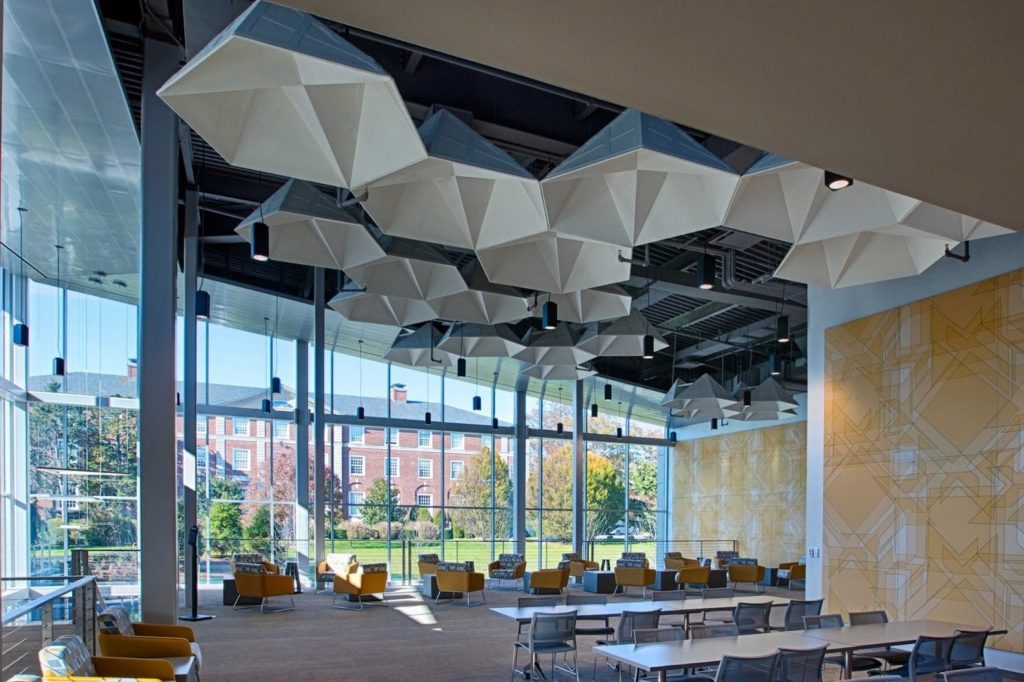
Buildings continue to leverage the benefits of an open floor plan. With fewer walls and barriers in structures’ interiors, a building’s interior can enjoy the benefits of natural light flow and provide a much better infrastructure for community and collaboration.
However, while the benefits of open interiors are many, unwanted sound transfer is a riddle that construction professionals must solve. While customizable walls and portable partitions are a solution to create intimacy when necessary, a more practical solution that helps ensure the integrity of an open floor design is the use of decorative ceiling panels. Not only can these innovative sound insulation panels muffle unwanted noise transfer between the areas of your building, but they are fabricated in numerous designs to help them mesh with a variety of interior design themes.
5 innovative construction techniques and materials
Architects and construction professionals must execute in new and advanced ways to meet consumer demand in 2021. By choosing any of the five innovative materials and techniques for new construction listed above, you can ensure that your building is at the vanguard of safety, appearance, and functionality in 2021.
Max Shafer is a contributor to the Innovative Building Materials blog. He is a content writer for the construction and home improvement industries with an interest in landscaping, outdoor remodeling, and interior design. Max is focused on educating homeowners, contractors, and architects on innovative materials and methods of construction that increase property value, improve sustainability, and create a warm and welcoming ambiance.

